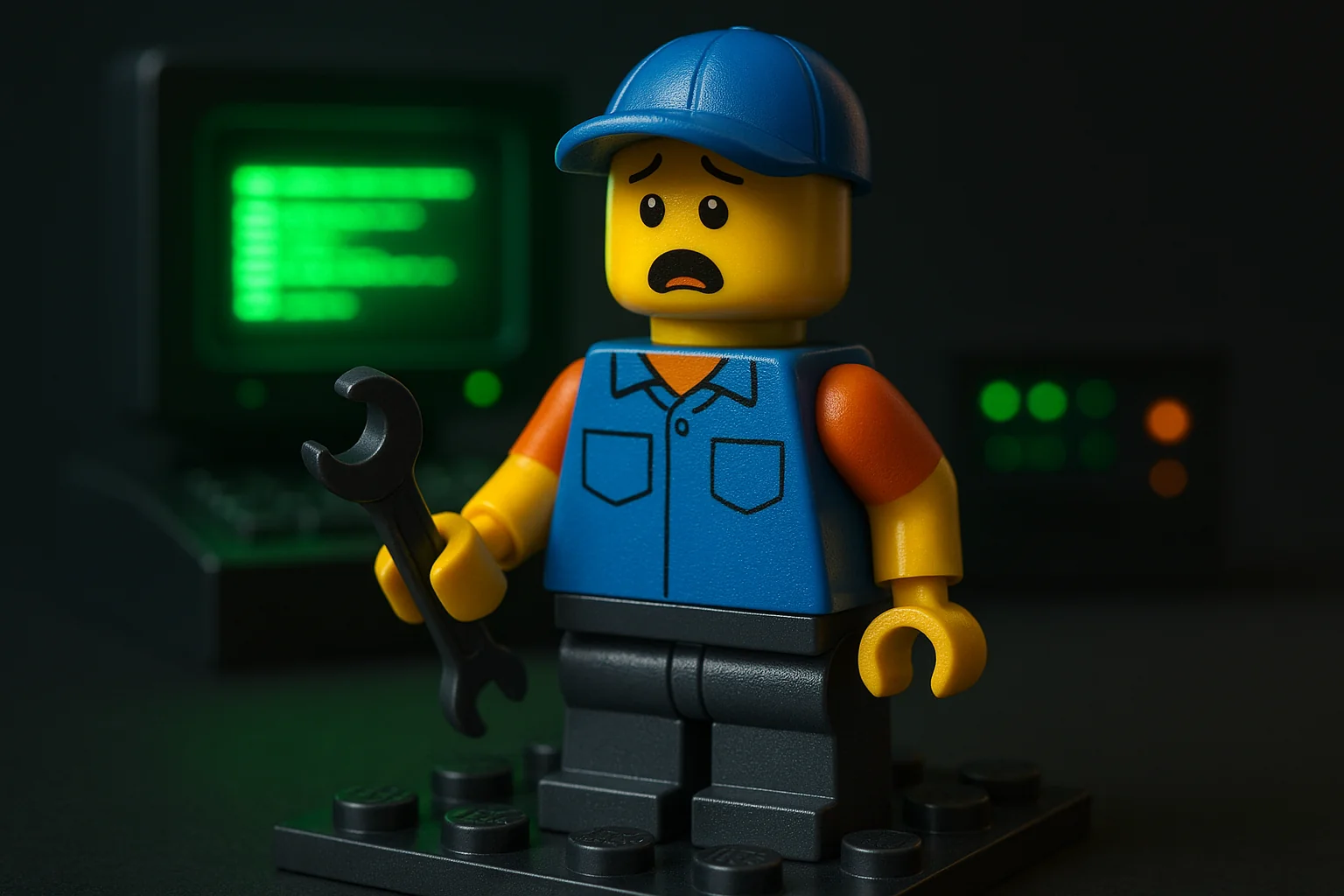Why does my computer beep at startup?

Table of Contents
Those beeps are POST codes:
- Repeating short beeps can indicate RAM issues; reseat or test modules.
- Long-short patterns often point to GPU or CPU problems.
- No beeps but fans spin may indicate motherboard or speaker issue.
- Check the motherboard manual for exact code meanings.
Need help? Check here: /services/repairs/
What it might be (likely causes)#
Memory not detected / not seated
Many boards signal RAM faults with repeating short beeps. Oxidized contacts or mismatched DIMMs can trigger this. Aging‑hardware context: /posts/top-problems-10-year-old-pcs/Graphics card / no video
Long‑short patterns (varies by vendor) often indicate a GPU fault or missing auxiliary PCIe power. If the CPU has an iGPU, remove the discrete card and try motherboard video.CPU / power / thermal
Some codes flag missing CPU power connectors (8‑pin EPS), improper cooler contact, or overheat protection. If it shut off abruptly before beeping, suspect thermals or PSU.Motherboard / speaker
No beeps at all can mean there’s no speaker/buzzer installed or the board uses diagnostic LEDs instead. Many OEMs ship without a buzzer attached.
Background on POST beeps: Power‑on self‑test
Things to check (quick, safe wins)#
Count the beeps precisely
Note the exact number and pattern (e.g., “1 long + 2 short,” or “3 short, pause, repeat”). Look up your board’s manual. If you don’t have it, search by the motherboard model + “manual (PDF)”.Minimal boot strategy
Power off, unplug, and hold the power button 5–10 seconds. Remove all but: CPU + cooler, 1 RAM stick in the slot the manual recommends, GPU only if the CPU has no iGPU. Unplug all drives and USB accessories. Try to POST.Reseat RAM and GPU
Clean gold contacts with a dry lint‑free cloth, reseat with firm, even pressure until latches click. For the GPU, ensure it’s fully seated and the PCIe 6/8‑pin power cables are connected.Clear CMOS
Use the CMOS jumper or remove the coin cell for a few minutes (with power disconnected). This resets boot mode and memory timings. General boot sanity: /posts/the-art-of-making-things-boot/Try alternate slots and sticks
Test each RAM stick alone, rotating slots. If one works and another beeps, you’ve found a bad stick or slot.Check power connectors
Confirm the 24‑pin ATX and 8‑pin (or 4+4) CPU EPS connectors are fully seated. A missing CPU EPS often yields beep codes or no POST.Listen for pattern changes
After each change, power up and note whether codes change. A different pattern is a clue that you’re moving in the right direction.
Common beep families (very general—always prefer your manual)#
- AMI BIOS: patterns often count specific subsystems (e.g., memory, video). Quick reference: AMI beep codes
- Award BIOS: long/short combos usually flag video or memory first. Reference: Award beep codes
- Phoenix BIOS: triplets of numbers (e.g., 1‑1‑3) reported as sequences. Reference: Phoenix beep codes
These are vendor‑level patterns; board manufacturers can customize them. Your exact board manual wins every time.
Patterns that narrow the cause#
- 3 short beeps (repeating) → often memory seating/timing; test single DIMM.
- 1 long + 2 short → often video/GPU path; check GPU seat and power, try iGPU.
- Continuous long beeps → sometimes thermal or CPU power; verify cooler and EPS connector.
- No beeps, fans spin → missing buzzer or board issue; check diagnostic LEDs or postcode display if present.
If you just moved the system or added parts, suspect mechanical seating first.
When to pause and get hands‑on help#
- Beep codes persist after minimal boot, RAM rotation, and CMOS clear.
- You see bent CPU socket pins, scorching, or smell of ozone—stop testing.
- System only posts intermittently (possible hairline crack, PSU instability).
A bench test with spare RAM/PSU, a speaker/buzzer, and the board on cardboard (outside the case) isolates the failing component quickly.
Insight#
POST beeps are the motherboard’s way of saying “I got this far before something broke.” Treat them like a progress log: power comes first, then CPU, memory, video, and devices. Change one variable at a time, listen again, and you’ll translate the tone poem back into parts and physics.
Need a precise diagnosis, RAM/GPU swap, or CPU socket inspection in Kirksville?
See /services/repairs/.